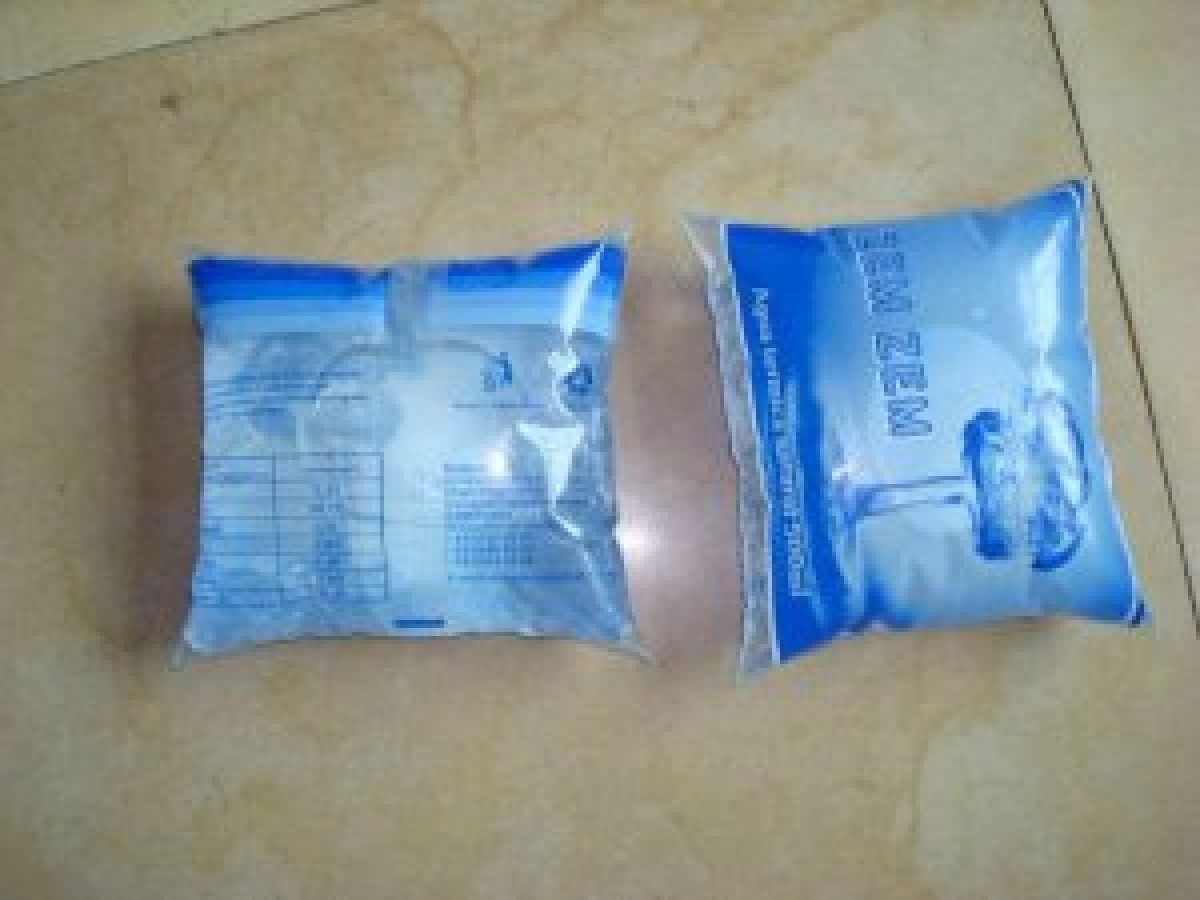One of the essential responsibilities of product developers is forecasting important macroeconomic data, which is a necessary component to compete in Nigeria’s competitive market. The target market’s disposable income serves as the primary macroeconomic factor taken into account when making projections for various businesses. Nigeria’s tiny, open economy necessitates that consumer behavior be taken into account while making decisions.
Businesses have persisted in developing product delivery strategies that work with greater consumers’ expenditures throughout time. They are able to earn sales and remain afloat in this way. The adoption of sachet packing for products is one business technique that has truly stood out.
Businesses have worked to add packaging that reduces the price the consumer must pay as a result of a growing focus on staying active. In Nigeria, where there is a large population and a huge demand for consumer goods, sachet consumption has taken over the retail sector and merchandise outlets.
The practice of “sachetisation” is thought to have begun in Nigeria in the 1990s with the production of smaller sachets of drinking water (clean water) and Cowbell powdered milk by Promasidor. Innovation was therefore required for the concept to reach a greater segment of the low- or no-income population. Today, from takeout food to beverages, cooking ingredients, and home cleaning supplies, Nigeria is rolling as a sachet economy and we are not considering the bigger picture.
The Benefits of sachet economy
For companies and traders, sachet-style packaging has a few advantages. They are designed with better shelf space utilization, to start. This is because of its slender shape, which enables the placement of more on a shelf. Sachets are also much simpler to transport than containers like bottles and cartons and can fit more into a box. In addition to ensuring that larger quantities may be carried safely, this minimizes the quantity of outer packing required for shipment.

Sachets come in a variety of seal and opening options and may be easily customized to display a company’s branding. The sachet has enough room to list the product’s nutritional advantages or provide information about your company. Additionally, sachets are incredibly adaptable and may be used to store a variety of goods, including sea8sonings & sauces, cleaning supplies, cosmetics, and of course, dietary supplements.
Fast Moving Consumer Goods (FMCG) companies claim that there has been a noticeable increase in consumption as a result of more brands and businesses in the FMCG industry switching to sachet packaging, which increased sales because it was more affordable for the general public.
Poverty Driven Innovation
Due to declining economic levels, pervasive misery, and increased poverty among the population, the sachet tendency has continued to grow. These probably contributed to the recent increase in sachet-pack use in the nation. Businesses now need to adopt the sachet model even more because of the difficult operating environment, deteriorating infrastructure, ongoing inflation, and declining bulk demand.

The effects of the economic downturn are being felt by both people and businesses, and consumers’ disposable income is steadily declining. The purchasing power of many people, households, and even businesses is continuing to decline due to the rising pace of inflation.
The current state of the economy has increased the cost of goods and services across the board. In fact, because not everyone can afford regular packs or bulk purchases, many manufacturing companies are seeing a decline in the demand for large items as customers hunt for less expensive alternatives. Therefore, “sachetisation” is a corporate strategy and a different approach to continue engaging customers in this difficult period. The goal is to lower the cost of goods for consumers, especially the vast majority of daily wage earners, who make up a significant portion of the population of the nation.
According to a recent survey, Nigeria’s inflation increased to 22.4% in April. In order to provide some of Nigeria’s most vulnerable citizens with simple access to basic home necessities and to maintain patronage in the consumer goods sector, businesses in this period of high inflation and economic uncertainty must commit to implementing the “sachetization” model.






